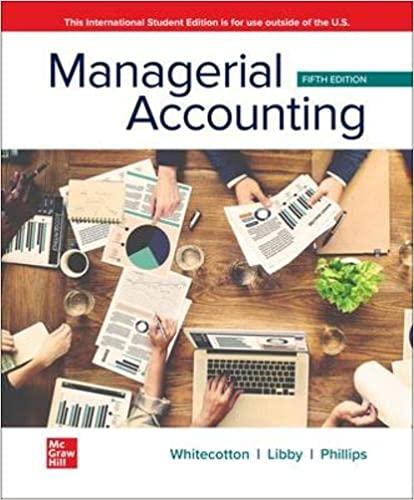| 4.The Securities and Exchange Commission instituted rules requiring the chief executive officers and chief financial officers of all publicly traded companies to certify that, to their knowledge, the quarterly and annual statements that their companies file with the SEC are | | a. accurate and complete. | | | | | b. subject to interpretation due to the many accounting rules and regulations. | | | | | c. not to be used except by individuals working for the company. | | | | | d. 100 percent accurate and contain no misstatements, errors, or mistakes | 5.The continuity assumption states that the business will continue to operate indefinitely. | 6.The recognition of an expense does not depend on the payment of cash. | 7.Which of the following pairs of accounts could not be included in the same adjusting entry? | | a. Rent Expense and Rent Payable | | | | | b. Interest Expense and Interest Receivable | | | | | c. Unearned Revenue and Service Revenue | | | | | d. Wages Expense and Wages Payable | 8.Failure to adjust for expired prepaid insurance at year end will result in an | | a. understatement of assets. | | | | | b. overstatement of net income. | | | | | c. understatement of owner's equity. | | | | | d. overstatement of liabilities. | 9.Working capital measures | | a. the ability to earn a satisfactory income. | | | | | b. the excess of current assets over current liabilities-what is on hand to fund business operations. | | | | | c. the profitability of the business. | | | | | d. the amount of debt in the company. | 10.Income Summary is closed with a debit to Income Summary and a credit to the Withdrawals account. | 11.Which of the following accounts would not be closed? | | | | b. Accumulated Depreciation - Equipment | | | | | | 12.All of the following must certify that a public company's financial statements are accurate, complete, and not misleading, except for the | | | | b. director of human resources. | | | | | c. chief executive officer. | | | | | d. chief financial officer. | | | | | | | | | | |






